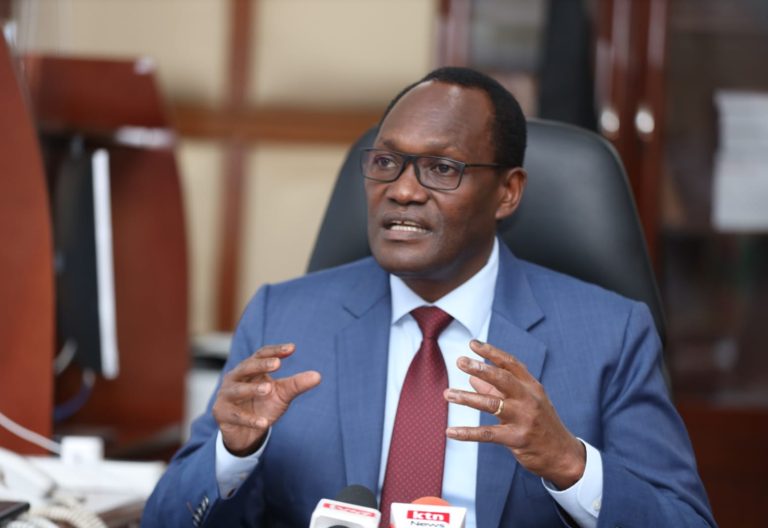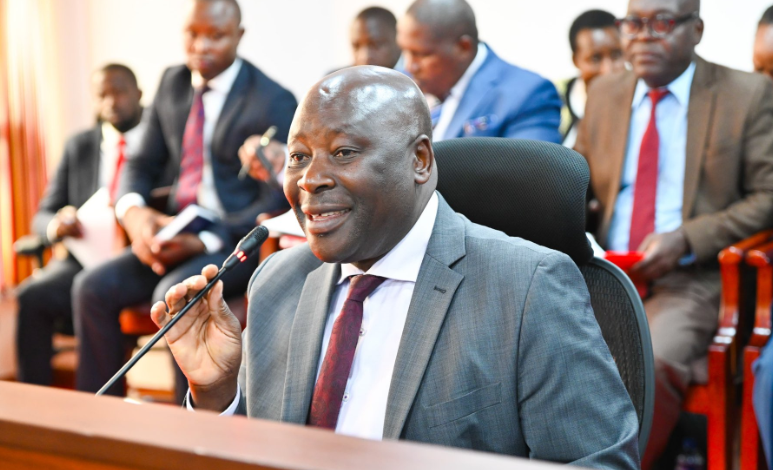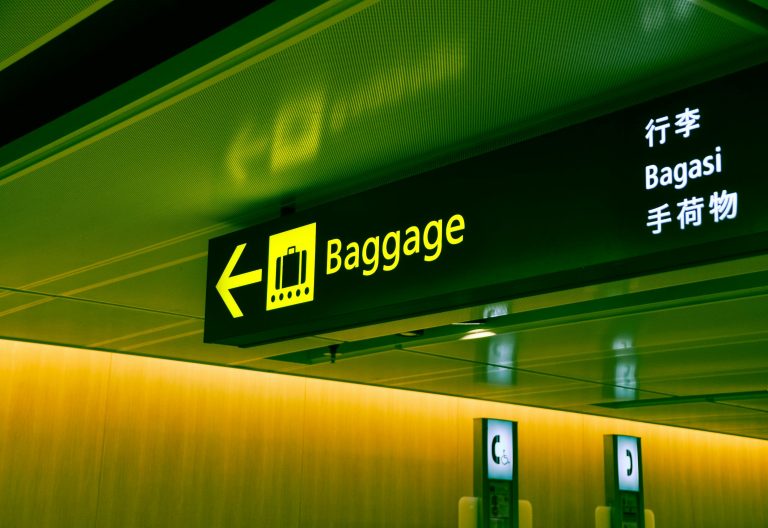State eyes Sh284b from foreign markets to fund budget deficit

The government is set to borrow up to Sh284.2 billion from the foreign markets to fund part of the Sh891 billion deficit in the Sh4.2 trillion budget.
According to the National Treasury, the lower external financing, is as a result of the shrinking foreign financing sources that has been influenced by the geopolitical factors impacting fund streams to key lenders.
This has also been necessitated by the need for the country to operate within its means avoiding high interest rates that are associated with external financing.
Commercial loans
Out of this amount, the national budget shows Sh221.1 billion will be commercial loans, taking the biggest share of the external loans.
This specific amount comprises programme loans amounting to Sh191.8 billion, of which World Bank Development Policy Operation (DPO) is Sh170.5 billion and an African Development Bank (ADB) loan of Sh.21.3 billion.
World Bank defines DPO as a type of financing instrument used to support countries in implementing policy and institutional reforms aimed at addressing poverty, promoting economic growth, and achieving development goals. Speaking before the parliamentary Budget committee yesterday, National Treasury Principal secretary, Chris Kiptoo stated that the remainder of the external funding will be accessed within the financial year.
“So, this means we will focus on both revenue-driven measures to raise revenues while also cutting on expenditure, so that the amount of debt that we take is less,” the PS who represented Cabinet Secretary John Mbadi noted.
Commercial loans are more expensive when compared to concessional loans as they are characterised by high interest rates and shorter maturities.
With this, the government often faces high pressure in meeting its debt obligations such as the one that the Kenya Kwanza government is currently facing.
They also pose threats to the local currency, as they are usually paid in the currency that they were extended at, hence currency volatility. With the lower amounts, the country will be spared for the costly interest payments which usually take up to Sh1 trillion of the Sh4.2 trillion.
This also falls in line with previous International Monetary Fund advice to Kenya, on the prioritisation of measures to minimise the reliance on external debt as they put the country at a precarious position.
While this is seen as a good move judging from the current high debt levels that the country has, currently at Sh11.4 trillion, according to the Institute of Economic Affairs, the inward shift for budget deficit funding presents significant threats to the growth of the economy as a result of the private sector being crowded out.
This is a result of the government seeking to raise the larger position of the funds, Sh591 billion from the domestic market which are usually collected through the treasury bills.
Government securities
The potential risk will be as a result of the commercial banks prioritising the government securities rather than the private sector.
At the same time the National Treasury highlights that the stock of public and publicly guaranteed debt stood at Sh11.02 trillion which is 65.7 per cent of the gross domestic product (GDP) as at the end of January 2025, up from Sh10.58 trillion.
The economic survey 2025 indicates that the GDP currently stands at Sh16.76 trillion.
Out of the total debt, total external debt accounts for Sh5.09 trillion as of January this year, down from the Sh6.09 trillion reported in December 2023 on account of the strengthening Kenyan shilling against the greenback.
With the pressure for fiscal consolidation becoming more pronounced, the government might soon be trading off its assets at different organisations. Early last month, Mbadi acknowledged that the country currently struggles with liquid cash to settle its obligations.
“The problem we have is liquidity with most loans maturing between now and 2032 and that is why we have the pressure,” he said.












